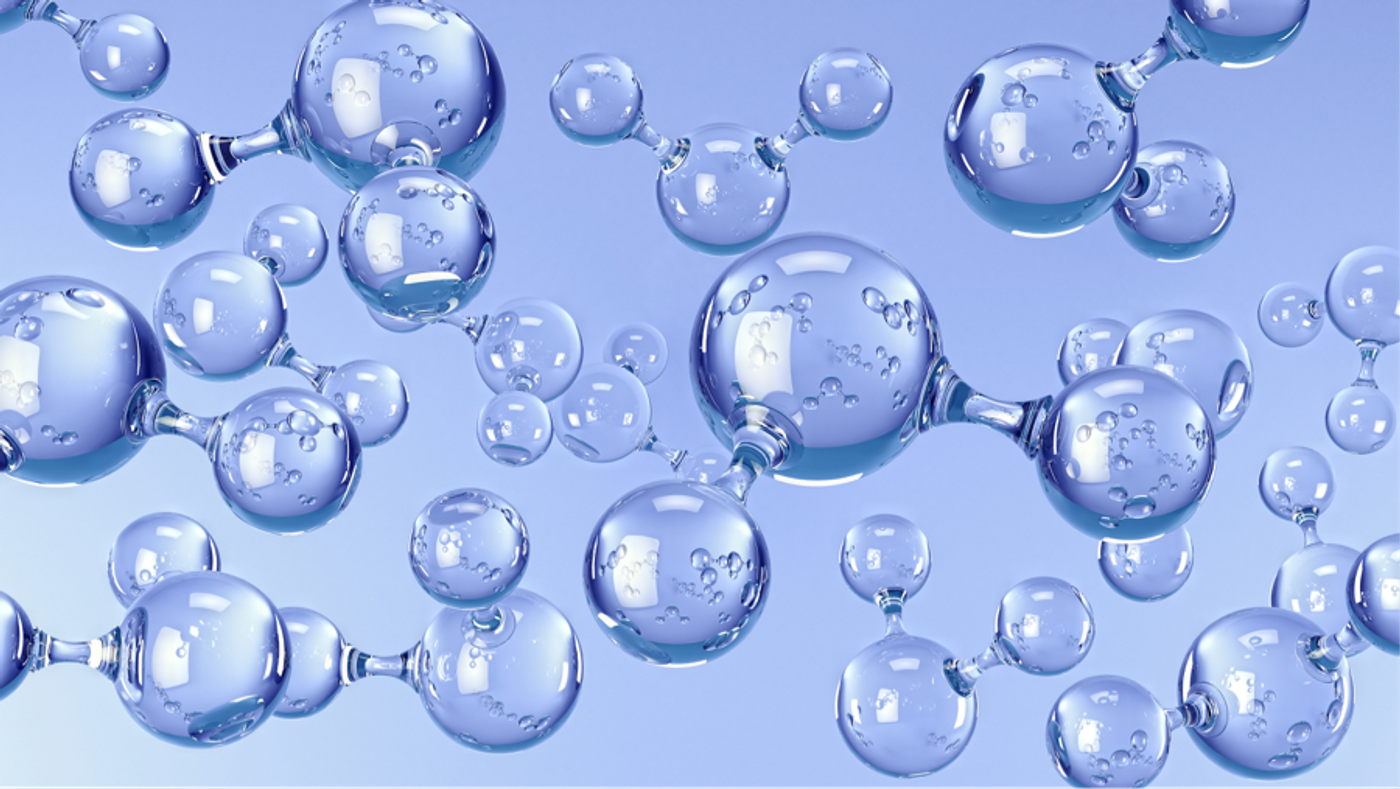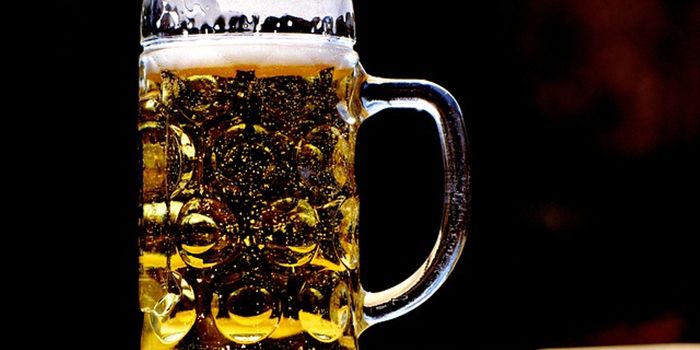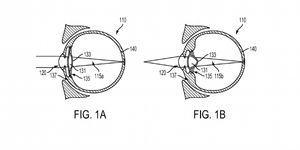
To avoid serious infections and complications, all medical implants must be sterilized prior to being put inside patients. But for some polymer-based implants, conventional methods of sterilization can warp and damage the product, thus lowering the efficacy of the procedure. However, researchers from the University of Bath recently
discovered that simple oxygen could be used to clean the implants effectively while being cheap and environmentally friendly.
Increasingly, scientists are developing medical devices made from a polymer substance known as poly(lactic-co-glycolic acid) or (PLGA). This polymer is favored among others due to its biocompatibility and biodegradability, properties that minimize the toxicity associated medical devices being inserted into patients. Common polymer implants include screws, pins, and stents used in surgeries. More recently, MIT researchers devised an
implantable PLGA-based film that attaches and secretes anticancer drugs directly to pancreatic tumors.
But in order to work inside patient’s bodies, PLGA implants, as do all other medical devices, must be sterilized. Due to cost constraints, sterilization is often done after production.
"Maintaining sterile manufacturing facilities is extremely costly, so the ideal scenario is to sterilize the matrix post-manufacture,” explained Paul De Bank, professor in Pharmaceutics at the University of Bath, and senior study author. “Unfortunately, many sterilization techniques adversely affect the physical or chemical properties of the materials used in the scaffolds, and this can alter their overall performance.”
Conventional sterilization techniques include heat and gamma or electron beam radiation. But, in addition to being expensive, these methods can damage the PLGA devices, reducing their effectiveness or even rendering them completely unusable.
University of Bath researchers explored oxygen as an alternative. In particular, they applied ozone gas, obtained by passing electricity through oxygen, to the polymer. They showed short pulses of ozone gas killed spores of bacteria commonly used for the validation of sterilization techniques. Most importantly, their ozone sterilization did not affect the structural or functional integrity of the polymer devices. To demonstrate its function after sterilization, the team showed that cells were able to grow on the treated PLGA surfaces as normal.
The team stressed that this procedure is effective while being low-cost and environmentally friendly. They say the technique doesn’t require expensive equipment and heavy training, and produce little to no toxic waste products.
“The fact that ozone performed so well suggests it could be routinely used to sterilize not only PLGA, but a wide range of materials used in clinical implants," said De Bank. He and his team are hopeful to begin testing ozone sterilization in other polymer compounds.
Additional source:
EurekAlert!


















































